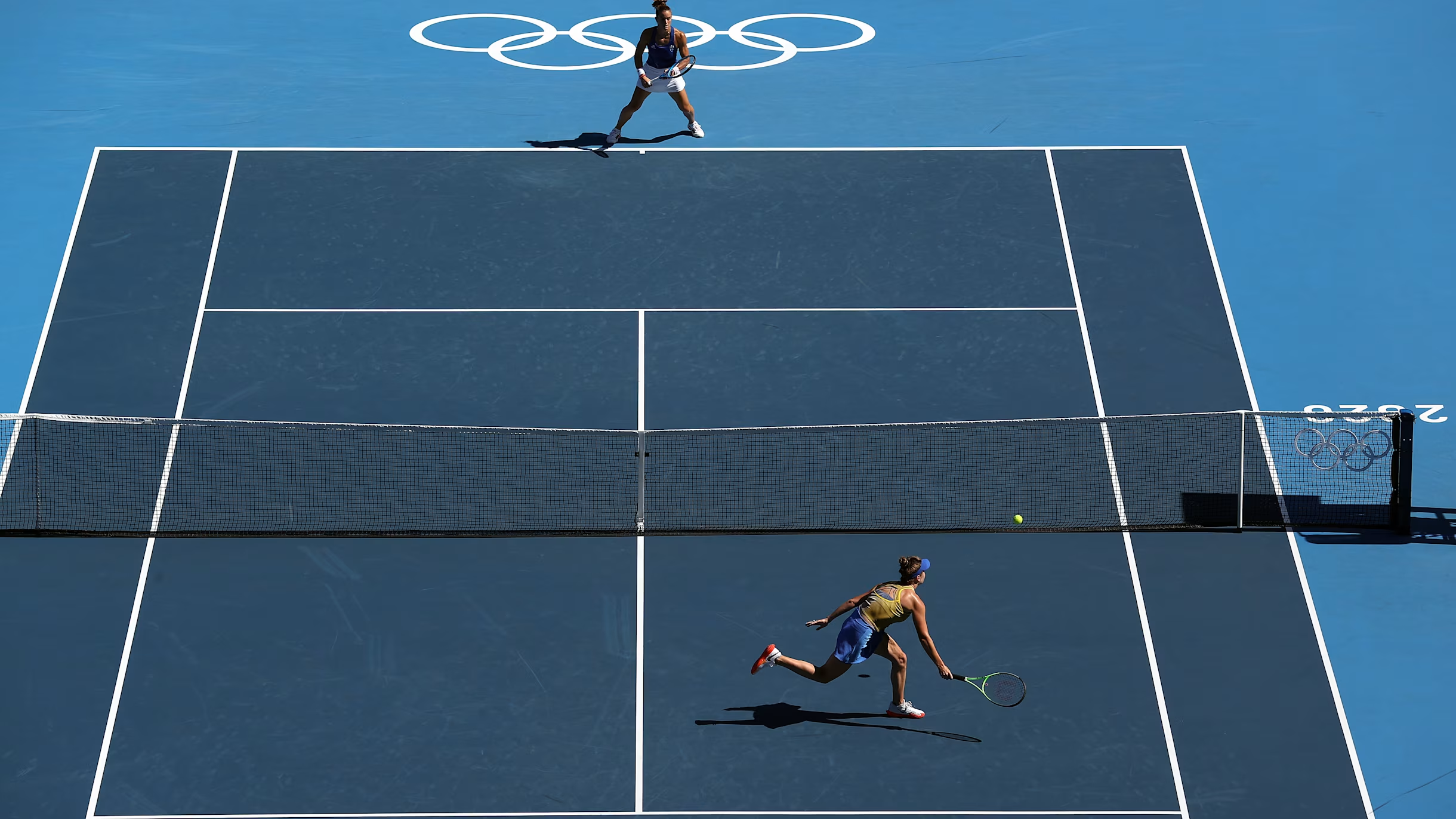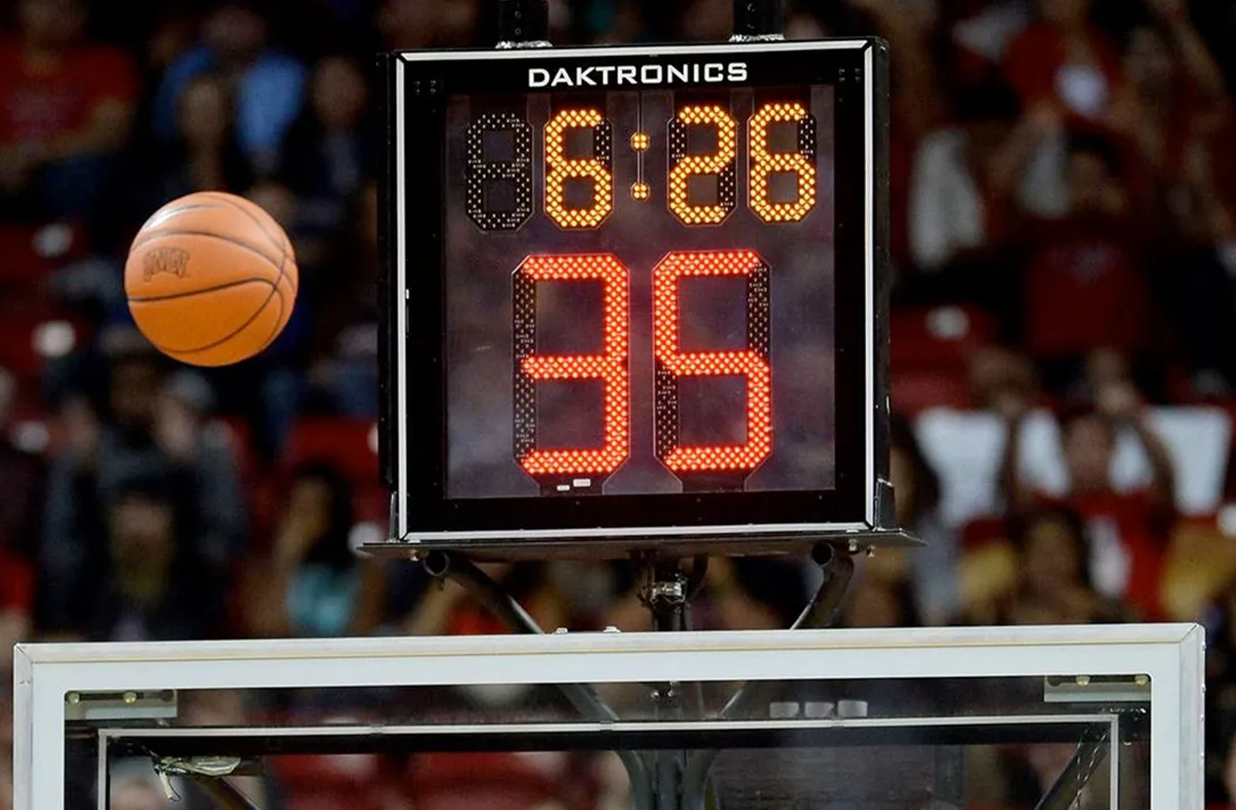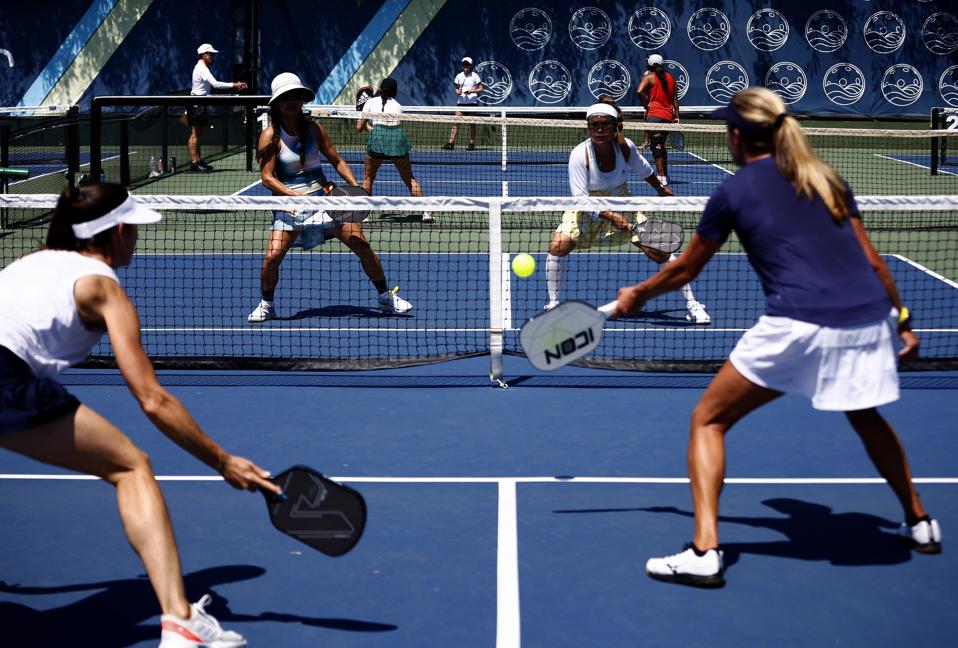amicitaacademy.com – Tennis is a game of strategy, skill, and finesse, accompanied by a unique set of terminology that can seem confusing to beginners. Whether you’re a new player, a fan, or someone looking to expand your sports knowledge, understanding tennis jargon is essential. Here’s a detailed guide to common tennis terms and their meanings.
Basic Scoring Terms
- Love: A score of zero. For example, if the score is “love-15,” it means one player has zero points while the other has 15.
- 15, 30, 40: The points in tennis are scored in these increments. Winning the first point earns you 15, the second point 30, and the third point 40.
- Deuce: When both players have a score of 40, it’s called a deuce. A player must win two consecutive points from deuce to win the game.
- Advantage (Ad): The point won after deuce. If the server wins the point, it’s called “Ad-In,” and if the receiver wins, it’s “Ad-Out.”
- Game, Set, Match: A game is won by scoring four points with a two-point lead. A set is won by winning at least six games with a two-game lead. The match is won by the player who wins the required number of sets (usually two out of three or three out of five).
Key Shots and Techniques
- Serve: The shot that starts a point. It’s executed by tossing the ball in the air and hitting it into the opponent’s service box.
- Ace: A serve that the opponent cannot touch or return, resulting in a point for the server.
- Volley: Hitting the ball before it bounces. Often used at the net to finish points quickly.
- Lob: A high, arcing shot meant to go over an opponent’s head, typically when they are at the net.
- Drop Shot: A soft, delicate shot that barely clears the net, designed to land close to it.
- Smash: An aggressive overhead shot, similar to a volleyball spike, used to finish points.
- Slice: A shot with backspin, causing the ball to stay low and skid upon bouncing.
- Topspin: A shot with forward spin, making the ball dip sharply after crossing the net.
Court and Play Terms
- Baseline: The back boundary line of the court, where players often rally from.
- Service Box: The area where a serve must land for it to be valid.
- Net: The barrier dividing the court. The ball must go over the net to remain in play.
- Break Point: A situation where the receiver has an opportunity to win the game on the server’s serve.
- Tiebreak: A special game played at a score of 6-6 in a set to decide the winner. Points in a tiebreak are scored numerically (1, 2, 3, etc.).
- Rally: A sequence of back-and-forth shots during a point.
- Let: A serve that hits the net but still lands in the correct service box. The server gets to retake the serve.
Player-Specific Terms
- Seed: A ranking assigned to top players in a tournament based on their world rankings, used to determine the draw.
- Wild Card: A player who is granted entry into a tournament without having to qualify or meet the ranking criteria.
- Unforced Error: A mistake made by a player on a shot that should have been routine.
- Double Fault: Failing to land both serve attempts in the service box, resulting in a point for the opponent.
- Grand Slam: Refers to the four major tournaments (Australian Open, French Open, Wimbledon, US Open) or the achievement of winning all four in a single calendar year.
Special Situations and Strategies
- Match Point: The point that, if won, ends the match in favor of one player.
- Break: When the receiver wins a game on the opponent’s serve.
- Cross-Court: A shot hit diagonally across the court.
- Down the Line: A shot hit straight along the sideline.
- Approach Shot: A shot hit while moving toward the net to set up a volley.
Conclusion
Understanding tennis terminology can enhance your appreciation of the game, whether you’re playing, watching, or analyzing a match. Familiarity with these terms helps you follow the action and grasp the strategies at play. So the next time you watch a match or step onto the court, you’ll feel more confident in your knowledge of this dynamic and exciting sport!






